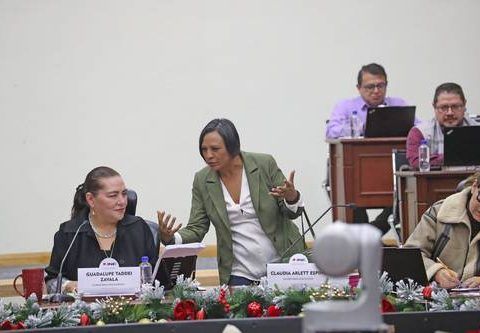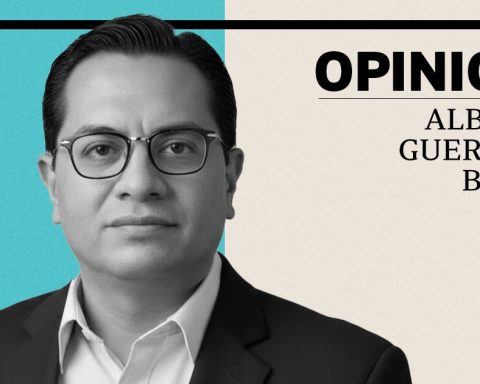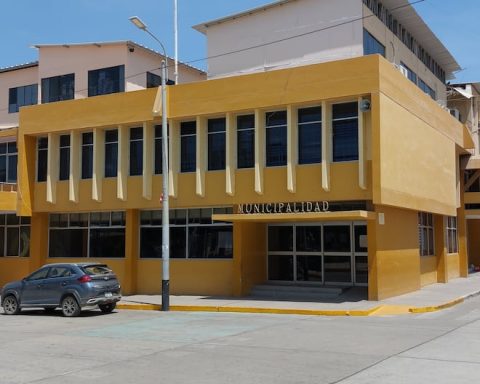In the survey How consumers intend to take advantage of video conferencing beyond the pandemic Realized by zoom it is revealed that in Mexico 34% of people consider performing financial services in person, 28% either in person or virtual, 20% mostly in person with an option for virtual, 10% only virtual, and 8% mostly virtual with an option for in person .
In the survey, countries such as the United States and the United Kingdom show a greater growth trend in the area of virtual financial services, while Brazil, France, Japan, India and Singapore adopt less.
Pandemic
“In the last two years, concepts that we had coined in a traditional way changed radically, such is the case of work, study, spending more time at home, doing remote medical consultations and even visiting sick or attend an event”, considered Rogelio Rocha, director of Zoom for Mexico.
He explained that video has become the new call, everything has changed, now people prefer to make connections via videoconference and there are multiple platforms for this.
In interview with The Economist He said that “something that we have learned not only employees but students, doctors and others, is that in remote work I must be the one who can choose, if I want to stay at home or if I want to go to the office, or if I want make a combination of those parts.
“Before the pandemic, many companies were used to seeing their people arrive at 9 in the morning, sitting for 8 or 10 hours, and seeing them leave, and that was what was considered productivity. Lack of productivity was that someone was absent, or that someone did not check their input or output and not necessarily the results as such.
Rogelio Rocha considered that “today the leadership of companies has a very strong challenge, which is to abandon those old interpretations of productivity and convert them to a leadership model focused on results, but above all, focused on giving the employee a different experience. in their way of living.
Utility
“An experience that rises because now as an employee I have the ability to balance my work life with my personal life and also enjoy the challenge of work, because now they have to measure me fairly against my results and not only against my physical hours sitting in one place,” said the Zoom director for Mexico.
In the Zoom survey, the top 5 things people no longer want to do in person are government, real estate, financial services, fitness services, and even entertainment.
“In the segment of the youngest, centennials, millennials, 60 or 70% of them want to be free, if you as a company do not give them work flexibility they will not work with you.”
Trends
The trend will go in the direction of maturing the vocation of the platform. “In the case of Zoom, we were born as a platform that belongs to unified communications as a service, we started as videoconferences where we became very famous, because everyone wanted to use us,” he said.
He explained that the objective is to unify on the same platform: telephone calls, chats, videoconferences, webinars, events, etc. “We are generating a series of innovations such as simultaneous voice translation in different languages.
At Zoom they bet on artificial intelligence, “we launched a blackboard that allows the information that was written to be shared in a pdf or other type of document.
“In 18 months, we are going to give the opportunity to those who are unable to hear, speak and see, so that they can also join a videoconference, the objective is that we seek sensitivity tools that allow us to be more inclusive to interact with diverse communities”, he concluded. Roger Roche.















